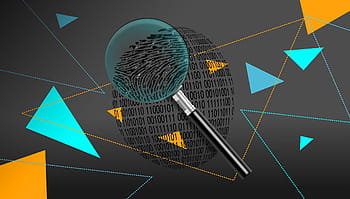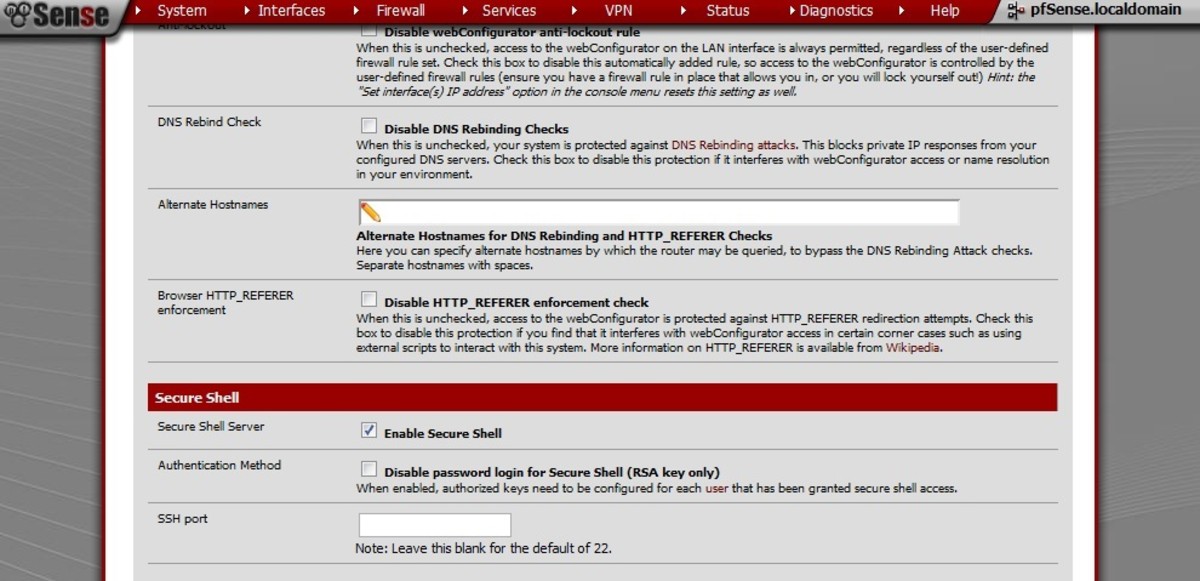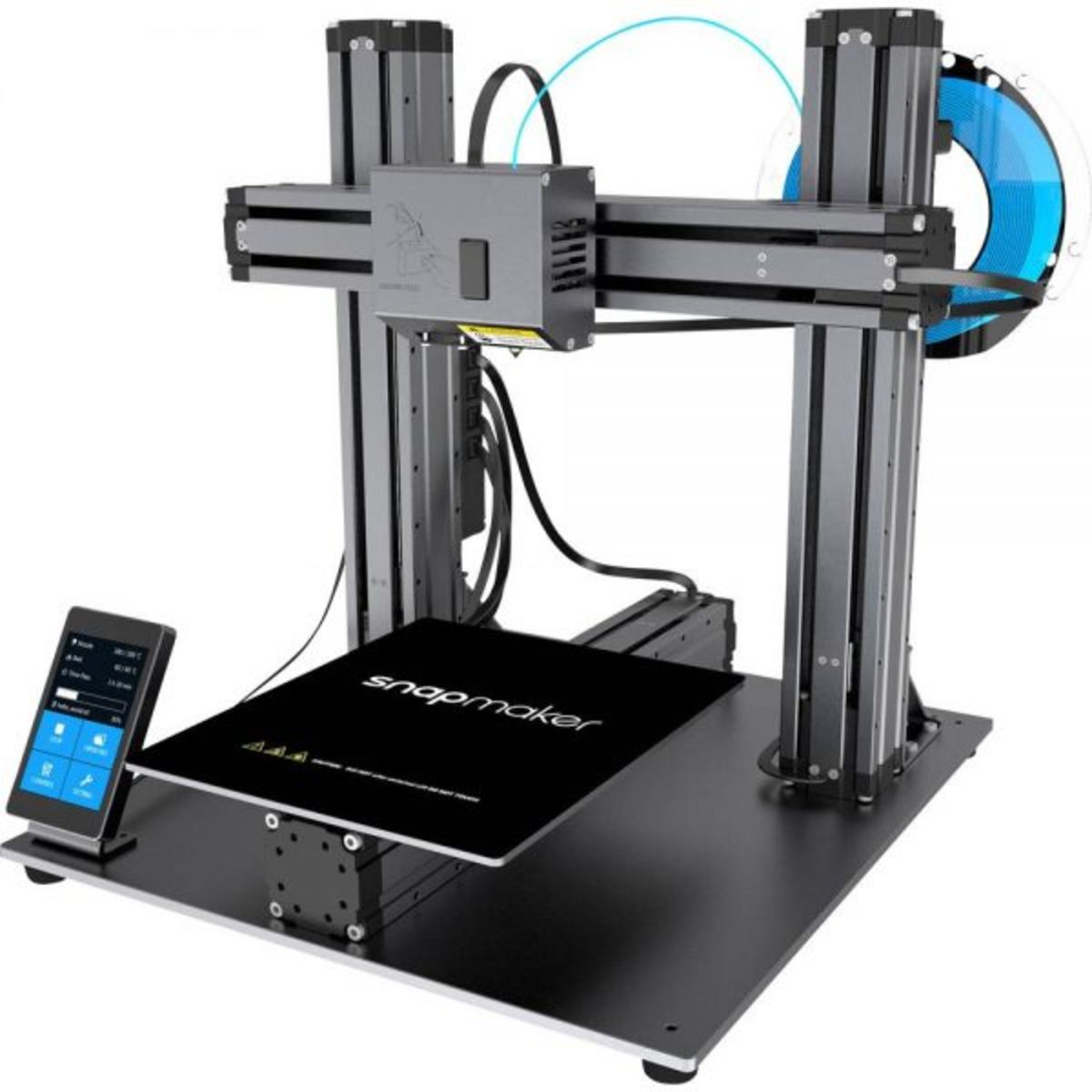Identity & Access Governance Explained: Get Started with these Building Blocks
Access governance is a key piece of IT security for eliminating breaches or risks that lurk & await to strike when enterprises grant data & system privileges. However, enterprises should update their access governance framework along with the unpredictable technology changes to map it with success. Aligning access control tools with technology shifts ensures resiliency and helps enterprises in hitting the IT risks harder. Enterprises must first master the essential components of the identity and access governance deployment.

Biometric Authentication
Ensuring IT security is a fraught business. IT teams need to defend all fronts where hackers look for weak attack vectors to breach network. Bare-knuckle approaches and inherently weak passwords-based authentication systems allow attackers to open new fronts for breach. Enterprises vying for tighter security are moving towards two-factor authentication (2FA), a layered authentication scheme to fight-off infiltration or credential abuse attacks. Still 2FA schemes like hardware tokens retrospectively depend upon manufacturer authentication, hence not entirely full proof. In 2011, security company RSA reported that its 2FA based authentication system was compromised and vulnerable to number of attacks.
In Contrast to the 2FA, Biometric Authentication is a more secure, manageable, and reliable end-to-end. Unique attributes of individuals like retinal scans, finger geometry, facial recognition, etc., ruggedizes networks and resources end-to-end. IT experts consider DNA matching as a more trustworthy option for authenticating users.
Biometric Authentication methods enable frictionless authentication and many are already using them for accessing smartphones or laptops. Users get a straightforward and simple way of unlocking their systems. Currently, several banks are using industry voice recognition ways to help users in identifying them. This access recognition method offers unique advantages, users can be monitored discreetly and supported for single-one off authentication. Enterprises can keep a track on the tracking movements, gait and gestures to avoid breaches spurring chaos. It answers longstanding security needs of corporate security instead of longer and complex passwords.
Centralized Control Layer Essentials
Successful access governance is fused with control layer essentials. Services in a domain are integrated with help of a mesh for enabling centralized provisioning. Modern day identity management is structured around open standards and primed for multi-factor authentication. Greater degree of self-service ensures that it can be scaled for millions of users. Multiple systems scattered in different places can be connected & harnessed efficiently for greater reuse. Deploying Internet of Thing (IoT) or Artificial Intelligence (AI) tools becomes an uphill task without a centralized control layer. It provides consistency which is the key to manage multi-protocol environment.
Integrating a multi-protocol environment requires tact and know-how. Enterprises are referring Identity as a Service (IDaaS) platforms to simplify this part. IDaaS platforms deliver shared identities across heterogeneous applications running in parallel. These platforms solve a number of problems, they support standards-based sign and disruption-free identity management. Frustrating login processes can be circumvented in simple steps and a growing influx of devices and multiple touch points can be securely managed. These unique advantages enable users to work across an IT ecosystem spreading across huge IT ecosystem. Enterprise can simplify frustrating, tedious, and complex logins and improve customer experience.
Application Security
Hardware and security methods to embed security across the entire IT is application security. Effective application security measures sprawl across three primary domains:
Application Development Governance: Start-to-End governance of testing to production in software development life cycle (SDLC) is application development governance. It involves protocols and application security practices for secure application development.
Application Development Lifecycle: Application development involves efficient ways to secure coding practices by eliminating vulnerabilities. Here is a handy checklist of nonhuman tools for remediating and patching vulnerabilities:
- Static Application Security Testing: Analyzes source code or binary code to weed out well-known vulnerabilities
- Dynamic Application Security Testing: Probes behavioral patterns for finding out vulnerabilities
- Runtime Application Self Protection: Protects & combats real-time attacks
- Software Composition Analysis Tools: Analyzes third party applications and heterogeneous components for potential vulnerabilities
Application Runtime Hosting: This involves hosting applications in a secure environment. Teams use firewalls (application or network) to enforce rules and block attacks. Virtual networks and operating systems are configured for specific purposes. Insecure services and protocols are removed to decrease attack surface. Advanced endpoint protection avoids co-location of applications for enabling agility and nimble flexibility.
Identity Federation
Seamless access governance needs identity federation to connect a user’s identity across different domains. It avoids dreaded domino effects spurred by scattered across identity domains. Identity federation allows users to authenticate one domain and access resources with a single sign-on (SSO). Organizations working on a single projects can form an identity federation to access and share information. Identity federation allows users to sign-in once with one set of access to multiple systems. Administrators get the right levers to control the access at anytime and anywhere.
Identity federation works on cohesive consensus where members agree on elements for access governance. All members identify attributes to include like job title, email, etc. After agreeing on these standards, hosting organizations setup a federated platform for data sharing.
Identity federation runs the bulldozer over silos that prevent users from accessing information. Moreover, users need not create new accounts or domains and re-enter credentials. over and again These advantages create an access governance system that is secured, fast, smooth, and scalable. Up next, Members standardize authentication, authorization data, software or hardware requirements, and other security related solutions. Identity federation is the right solution for users needing access in multiple security domains. It helps enterprise in realizing tangible benefits like reduced complexity, lower licensing fees or operational cost, and agile & secured operations. Identity federation is still in budding stages and its specifics differ between source to source.

IT architectures and infrastructure are changing like weather and IT ecosystems are becoming even more complex. The big challenge facing a lot of enterprises is just doing the basics – setting up an integrated access governance & identity management. It is quintessential to use authentic integration processes as exploding network of devices fuse together in a multi-dimensional IT ecosystem. Honing this unique integration capability will enable enterprises in authorizing authentications in a safe and fast manner.







